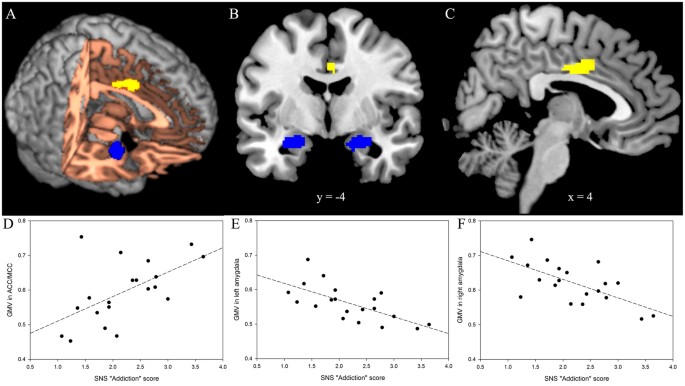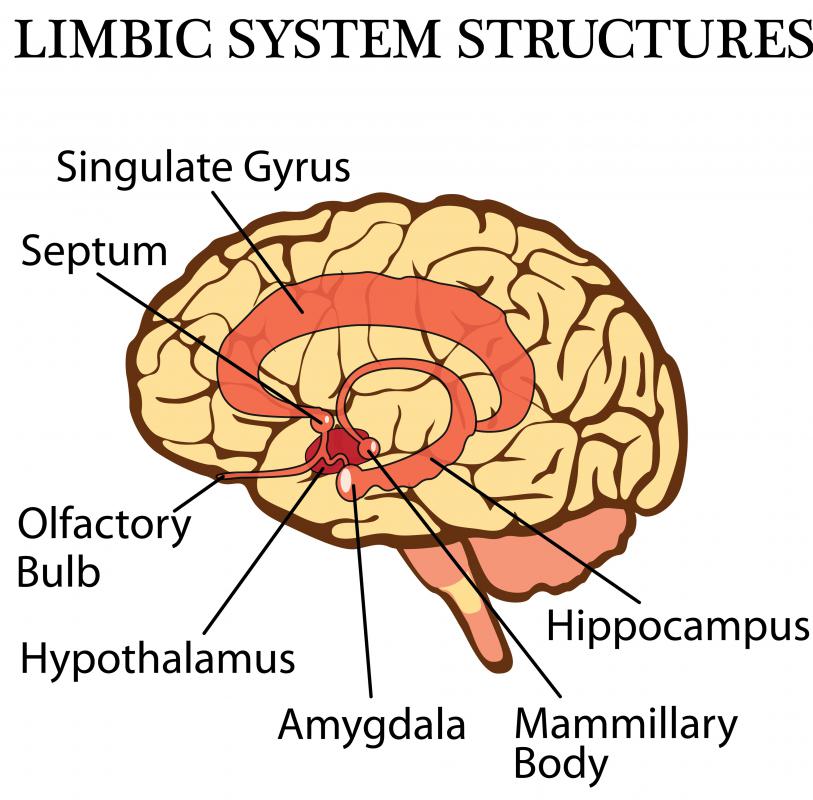

We should be familiar with the 4 standard projections, even though they are no longer routinely practiced. Gerry Taylor, a professor of pediatrics at the Center for Biobehavioral Health, Abigail Wexner Research Institute at Nationwide Children’s Hospital and The Ohio State University.įor more information, contact Bill Lubinger at article was originally published April 29, 2021.2 RADIOLOGIST IS.A GOOD ANATOMIST AND GOOD PATHOLOGIST!! 2ģ The skull Very complex structure, composed of more than 20 bones. Douglas Lenkoski Professor in the Department of Psychiatry at Case Western Reserve and University Hospitals Cleveland Medical Center Se-Hong Oh, an assistant professor in the Department of Biomedical Engineering at the Hankuk University of Foreign Studies Melissa Stasko, a research assistant in Costa’s lab Elizabeth Roth, a research assistant in the Department of Pediatrics at the School of Medicine H. Irene Wang, director of research at Cleveland Clinic Epilepsy Center and James Leverenz, director of the Cleveland Lou Ruvo Center for Brain Health – Neurological Institute and Jane and Lee Seidman Endowed Chair for Advanced Neurological Research and Education at Cleveland Clinic Stephen Ruedrich, the L. The research was supported by: the Alana USA Foundation, the Alzheimer’s Association, the Cleveland Alzheimer’s Disease Research Center, the National Institute on Aging, the Cleveland-based Awakening Angels Foundation and the National Institute on Aging. “Although more work will be necessary to validate some of our findings, these results support the investigation of specific MRI measures as potential markers to study drug efficacy for possibly enhancing cognitive function in persons with Down syndrome.” “We also found significant relationships between the size of subregions of the hippocampus and cognitive measures,” Costa said.

“The gains in sensitivity and image resolution achievable with ultra-high field MRI provide levels of detail and accuracy that have not previously been attainable in studies of live, non-sedated individuals with Down syndrome,” said Katherine Koenig, an assistant professor of radiology at Cleveland Clinic Lerner College of Medicine of Case Western Reserve University and the study’s first author. Taking advantage of the increased resolution afforded by high-powered MRI, the researchers performed the first in-vivo comparison of volumes of different anatomical segments of the hippocampus between people with DS and “control” individuals of the same age and sex without DS. MRI scanners at ultra-high magnetic field strengths are increasingly available for human research, allowing neuroscientists to map the brain at higher resolution without losing image clarity. “That’s why we focused on this structure deep inside the brain that is responsible for functions such as forming memories of episodes in one’s life and spatial memory,” Costa said.Ī 3D reconstruction of ultra-high field MRI images of the brain of an adult with Down syndrome, overlaid with a color map of the subfields of the hippocampus. However, for a given person with DS, cognitive abilities that are heavily dependent on the hippocampus are especially affected.

In other words, although abilities can range widely among people with DS, different types of cognitive skills are usually affected in a similar way in the same person. The intellectual and developmental disabilities of individuals with DS are typically generalized. The extra chromosome changes how a baby’s body and brain develop, which can cause mental and physical challenges throughout the person’s life. Their study was recently published in Brain Communications.ĭown syndrome is a genetic condition typically caused by having an extra copy of chromosome 21. “The ultimate goal of this approach is to have an objective technique to complement neuropsychological assessments to measure the functional skills of those with DS,” said Alberto Costa, professor of pediatrics and psychiatry at the Case Western Reserve University School of Medicine and the study’s senior author.


 0 kommentar(er)
0 kommentar(er)
